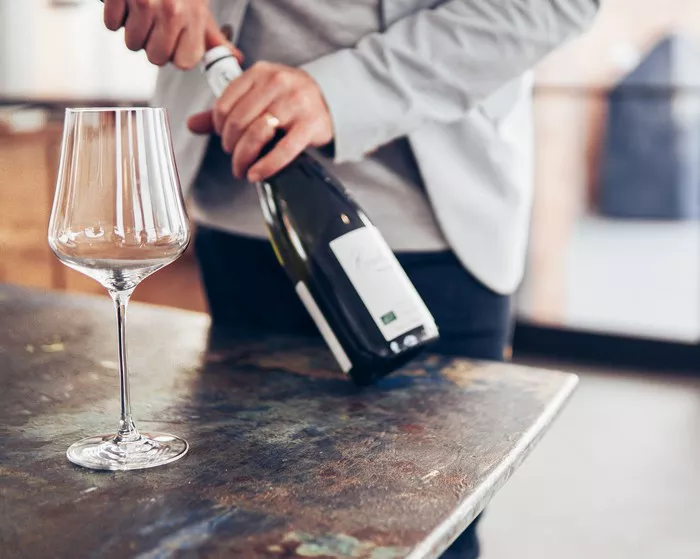Chardonnay, one of the world’s most popular white wines, is celebrated for its versatility and range of flavors. This wine, which hails from the Burgundy region of France, can vary from buttery and oaked to crisp and unoaked. But how is Chardonnay made, and what factors influence its taste and style? In this article, we will take you behind the scenes of Chardonnay production, exploring the winemaking process, fermentation, and the diverse expressions of this beloved white wine.
1. Harvesting Chardonnay Grapes
The winemaking journey begins in the vineyard with the careful selection and harvesting of Chardonnay grapes. The timing of the harvest is critical, as it significantly impacts the wine’s flavor profile. Grapes harvested earlier tend to produce wines with higher acidity and green fruit notes, while later harvests result in riper, fruitier flavors.
2. Crushing and Pressing
Once harvested, the Chardonnay grapes are destemmed and gently crushed to release their juice. Some winemakers choose to press the grapes directly, while others prefer a brief period of skin contact to extract additional flavors and aromas.
3. Fermentation
Chardonnay can undergo fermentation in various vessels, each influencing the wine’s style:
Stainless Steel Tanks: Fermenting in stainless steel tanks preserves the grape’s natural fruit flavors and acidity, resulting in a crisp and fresh Chardonnay. This method is often associated with unoaked Chardonnays.
Oak Barrels: Oak barrels impart a range of flavors and textures to Chardonnay. Wines fermented and aged in oak tend to have notes of vanilla, butter, and toast. The duration of oak aging varies, with some Chardonnays spending months or even years in barrels.
4. Malolactic Fermentation (MLF)
Malolactic fermentation is an optional process that some winemakers choose to undergo. During MLF, malic acid (found in green apples) is converted into lactic acid, creating a smoother and creamier texture in the wine. Chardonnays that undergo MLF often exhibit buttery and creamy characteristics.
5. Blending and Aging
After fermentation and any desired maturation in oak, the winemaker may blend different lots of Chardonnay to achieve the desired flavor profile. This blending process allows for the creation of complex and balanced wines.
6. Bottling and Aging
Once the winemaking team is satisfied with the Chardonnay’s flavor and structure, it is bottled and may continue to age in the bottle. Chardonnay wines can age gracefully, especially those with higher acidity and oak aging, developing more nuanced flavors and aromas over time.
7. Styles of Chardonnay
Chardonnay’s versatility shines through in its various styles:
Unoaked Chardonnay: These wines emphasize the grape’s natural fruit flavors and high acidity, often showcasing notes of citrus, green apple, and pear.
Oaked Chardonnay: Oaked versions exhibit additional complexities from barrel aging, such as vanilla, butterscotch, and a creamy texture.
Sparkling Chardonnay: Chardonnay is a key component in many sparkling wines, such as Champagne and other sparkling wine styles, where it contributes to the wine’s structure and elegance.
In Conclusion
Chardonnay winemaking is a delicate and precise process that offers a wide spectrum of flavors and styles. Whether you prefer a crisp and refreshing unoaked Chardonnay or a rich and buttery oaked version, Chardonnay’s versatility ensures there’s a wine to suit every palate. Understanding the steps involved in crafting this classic white wine can enhance your appreciation and enjoyment of Chardonnay, making it a delightful choice for any occasion.


